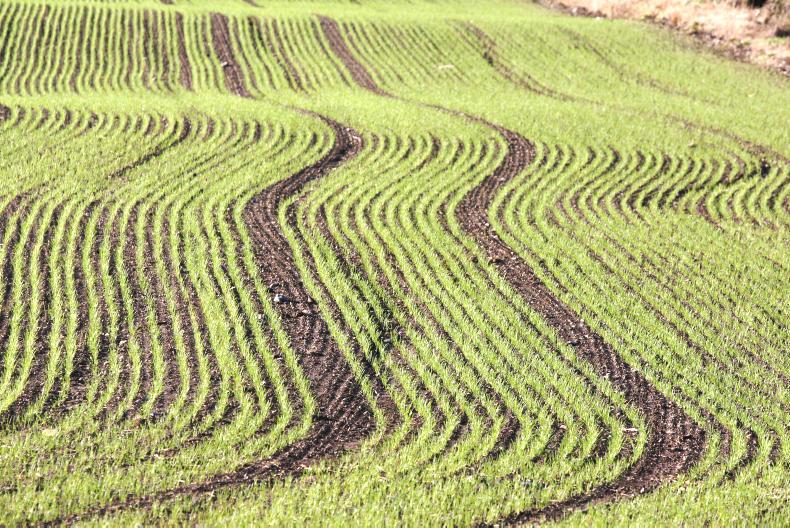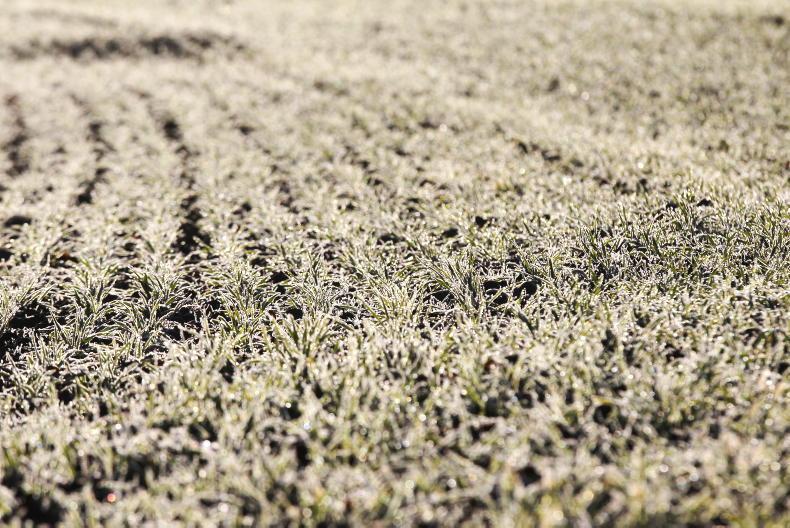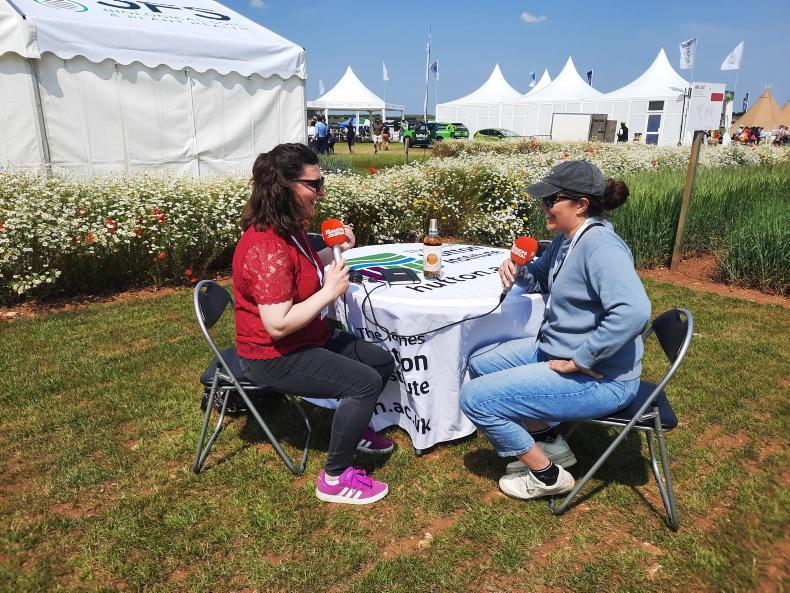Rain makes it mark
Heavy showers last week stopped planting again but the weather is still relatively kind to sown spring crops. Showers are helping establishment in less than perfect seedbeds and early growth seems nice and gradual for tillering. Winter-sown crops continue to show promise, with most winter barley crops now at various stages of booting with awns showing.
Spring crops
The first of the recently sown crops are now well into tillering so herbicide and insecticide should be considered. There are reports of aphids about already in crops so we must assume a BYDV infection threat. Pyrethroids are our only insecticide option at this point.
Herbicides should include an SU, or a mix of SUs, plus a contact or hormone partner. Products such as Galaxy or Pixxaro might be considered. You may also need to treat wild oats or canary grass now. Take care with mixes and sequences when using Axial – do not mix with straight hormones but Pixxaro seems OK.
Watch spring rape for pollen beetle when flower buds become visible. The later flowering in winter rape may act to increase overall numbers and the need for insecticide treatment. Treat if necessary with products containing cypermethrin. The economic threshold for treatment is 18 beetles per plant where the plant population is 30-50 plants/m2.
There are also plenty reports of weevil notching in spring beans. These may need to be treated with an insecticide also.
There would also appear to be a good few leatherjackets in many spring cereals fields. As we have no chemical control options, it is essential to have good firm seedbeds to help slow or prevent movement in the soil. Use a flat roller on emerged crops and roll at 90° to the direction of drilling.
All outstanding nitrogen should now be applied to spring crops.
Winter crops
Crops continue to look good with a few thin patches. Most winter barley looks fine but some crops may be a bit on the thin side. Disease pressure has been generally low so far but make sure you are adequately protected.
All winter barley crops are showing awns with heads breaking sheaths on some of the earlier crops. This is time for the final fungicide and this must target ramularia through the addition of a contact active such as chlorothalonil or folpet. Use any of the SDHI or strobilurin mixes with this for general disease protection. Early winter wheat crops are pushing towards flag leaves emerging (GS37). All crops should have received their T1 and T2 should not be applied until the flag leaf is fully emerged. Consider any final N on winter wheat (40-60kg N/ha) as the flag leaves are emerging.
The T2 on winter wheat should contain an SDHI plus a triazole plus chlorothalonil. If you used prothioconazole or epoxiconazole at T1, use metconazole or tebuconazole at T2 or vice versa. Any of the four main SDHI combinations can be used but you may need to strengthen the triazole component.
Read more
Spring crops emerging well once they are in the ground
Research shows that GM potatoes have reduced impact on the environment
Rain makes it mark
Heavy showers last week stopped planting again but the weather is still relatively kind to sown spring crops. Showers are helping establishment in less than perfect seedbeds and early growth seems nice and gradual for tillering. Winter-sown crops continue to show promise, with most winter barley crops now at various stages of booting with awns showing.
Spring crops
The first of the recently sown crops are now well into tillering so herbicide and insecticide should be considered. There are reports of aphids about already in crops so we must assume a BYDV infection threat. Pyrethroids are our only insecticide option at this point.
Herbicides should include an SU, or a mix of SUs, plus a contact or hormone partner. Products such as Galaxy or Pixxaro might be considered. You may also need to treat wild oats or canary grass now. Take care with mixes and sequences when using Axial – do not mix with straight hormones but Pixxaro seems OK.
Watch spring rape for pollen beetle when flower buds become visible. The later flowering in winter rape may act to increase overall numbers and the need for insecticide treatment. Treat if necessary with products containing cypermethrin. The economic threshold for treatment is 18 beetles per plant where the plant population is 30-50 plants/m2.
There are also plenty reports of weevil notching in spring beans. These may need to be treated with an insecticide also.
There would also appear to be a good few leatherjackets in many spring cereals fields. As we have no chemical control options, it is essential to have good firm seedbeds to help slow or prevent movement in the soil. Use a flat roller on emerged crops and roll at 90° to the direction of drilling.
All outstanding nitrogen should now be applied to spring crops.
Winter crops
Crops continue to look good with a few thin patches. Most winter barley looks fine but some crops may be a bit on the thin side. Disease pressure has been generally low so far but make sure you are adequately protected.
All winter barley crops are showing awns with heads breaking sheaths on some of the earlier crops. This is time for the final fungicide and this must target ramularia through the addition of a contact active such as chlorothalonil or folpet. Use any of the SDHI or strobilurin mixes with this for general disease protection. Early winter wheat crops are pushing towards flag leaves emerging (GS37). All crops should have received their T1 and T2 should not be applied until the flag leaf is fully emerged. Consider any final N on winter wheat (40-60kg N/ha) as the flag leaves are emerging.
The T2 on winter wheat should contain an SDHI plus a triazole plus chlorothalonil. If you used prothioconazole or epoxiconazole at T1, use metconazole or tebuconazole at T2 or vice versa. Any of the four main SDHI combinations can be used but you may need to strengthen the triazole component.
Read more
Spring crops emerging well once they are in the ground
Research shows that GM potatoes have reduced impact on the environment










SHARING OPTIONS